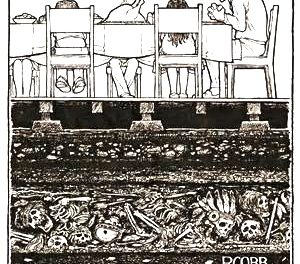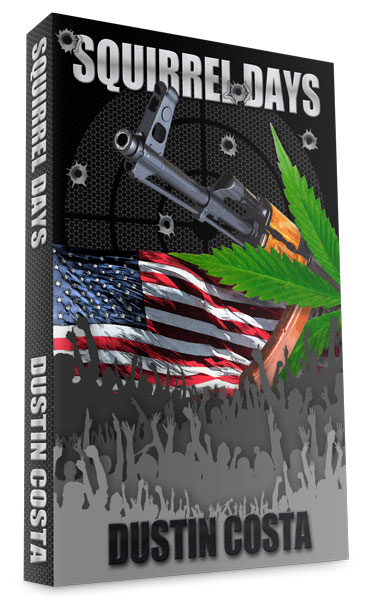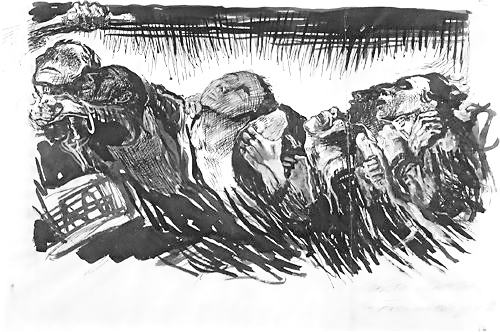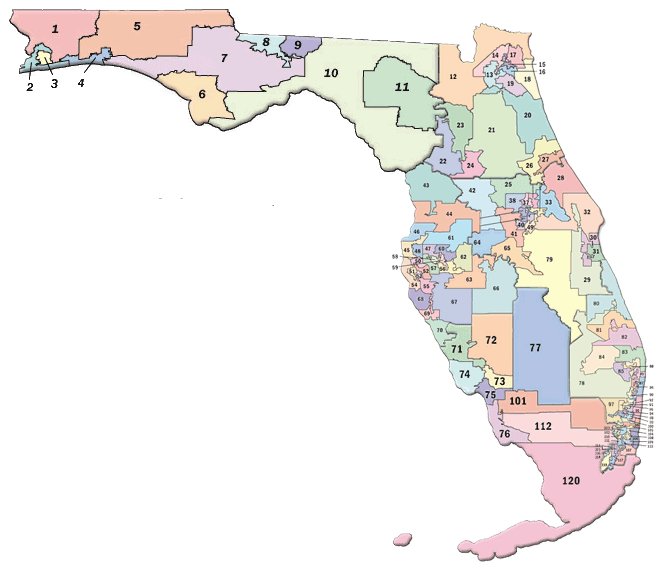Tylenol use during pregnancy increases asthma risk in children
Just imagine the headlines if women who used marijuana during pregnancy were found to be putting their offspring at a measurable risk for asthma!
According to the Centers for Disease Control and Prevention (according to the New York Times), 65 percent of pregnant women in the U.S. use Tylenol!
Tylenol Backgrounder
The “therapeutic ratio” of a drug compares the amount required to produce harmful effects with the amount required to provide benefit. The therapeutic ratio of acetaminophen, the active ingredient in Tylenol, is about 2:1 -and even lower if your liver has been compromised by hepatitis or alcohol. An Extra-Strength Tylenol contains 500 milligrams of acetaminophen. The recommended daily maximum is eight pills —4,000 mg, or four grams. A person taking twice that much can incur severe liver damage -and people in pain sometimes lose perspective and gulp a handful. “Seven to eight grams a day for three or four days can be fatal,” according to William M. Lee, MD, of the University of Texas Southwestern Medical Center.
The active ingredient in Tylenol, acetaminophen, had been known to have anti-fever and anti-pain effects since the end of the 19th century, but no drug company saw fit to manufacture it until McNeil Consumer Healthcare began marketing Tylenol Elixir for Children in 1955 as a safer alternative to aspirin.
Johnson & Johnson acquired McNeil in 1959. In the 1960s J&J pushed Tylenol forcefully after aspirin was associated by an Australian pediatrician named Reye (pronounced “Rye”) with a very rare, potentially fatal condition involving the liver and ultimately the brain of infants and children who, Reye found, had been treated with aspirin in response to upper respiratory infections. Reye’s syndrome afflicts about one in a million Americans —very rare, indeed.
Acetaminophen is not as benign as Tylenol’s slogan, “Nothing’s safer,” alleged Acetaminophen poisoning has become the leading cause of acute liver failure (ALF) in the U.S. Some of the cases are suicide attempts, some are unintentional.
Many consumers don’t realize they’re overdosing on acetaminophen because they don’t know it’s an ingredient in hundreds of over-the-counter drugs —Nyquil, DayQuil, Theraflu, Excedrin, Coricidin D, Triaminic, Dristan, Midol, Pamprin, etc.— and prescription painkillers, including Vicodin and Percocet,.
For those with liver damage from hepatitis and/or heavy alcohol a smaller amount of acetaminophen than the recommended “therapeutic” dose can lead to acute failure. In 2006 Dr. Lee presented data at a conference showing that one in eight cases of acute liver failure attributed to hepatitis B also involves acetaminophen poisoning. Lee summarized: “If you are sick with acute viral hepatitis and taking acetaminophen, you are more likely to go into acute liver failure… even if you take therapeutic doses.” Given acetaminophen’s known effects on the liver, Lee commented, “I am surprised that it’s still on the market.” He elaborated to a Reuters reporter: “I don’t think that any drug with this amount of (use) and length of time on the market will ever be taken off the market, but there should be labeling change.” Lee noted that the FDA doesn’t require that over-the-counter medicines containing acetaminophen so state on the front of the package —although it had been four years since an FDA advisory committee recommended that the agency impose such a requirement.
In November 2006 a paper in Hepatology described a study led by Anne Larsen of the University of Washington Medical Center analyzing data gathered at 22 U.S. liver-transplant centers on 662 patients suffering acute failure. Forty-two percent of the cases had been caused by acetaminophen. “The annual percentage of acetaminophen-related ALF rose during the study from 28% in 1998 to 51% in 2003,” according to Larsen et al. “Median dose ingested was 24 g (equivalent to 48 extra-strength tablets). Unintentional overdoses accounted for 131 (48%) cases, intentional (suicide attempts) 122 (44%), and 22 (8%) were of unknown intent. In the unintentional group, 38% took two or more acetaminophen preparations simultaneously, and 63% used narcotic-containing compounds. Eighty-one percent of unintentional patients reported taking acetaminophen and/or other analgesics for acute or chronic pain syndromes.”
The National Institutes of Health tracks acute liver failure cases. In 2005 there were approximately 2,000 such cases, resulting in about 500 deaths, according to Dr. Lee. Acetaminophen overdose is the leading cause for calls to Poison Control Centers (more than 100,000/year); it accounts for some 60,000 emergency room visits annually. Johnson & Johnson is putting out a blame-the-victim line, i.e., it’s your fault for not using as directed, or drinking alcohol, or inadvertently taking in combination with other drugs that contain acetaminophen. “If you’re not going to read the label, then don’t buy our products,” says a J&J spokesperson in the current ad campaign. This may be a pre-emptive strike aimed at jurors who, in the days to come, will be weighing how much to award the families of Tylenol victims. (For years Johnson and Johnson has been manipulating the supine FDA to stall and soften any warnings that might put a dent in Tylenol sales.)
The marketing of Tylenol is one of the all-time triumphs in the annals of corporate public relations. By the start of the ’80s, Tylenol had surpassed aspirin and had a 37% share of the OTC painkiller market. It generated almost 20% of J&J’s profits during the first three quarters of 1982. But then came a national recall of all Tylenol products, occasioned by a whacko terrorist in Chicago who laced some bottles with cyanide and killed seven people. CEO James Burke’s handling of the situation is held up in the business schools as a model of genius p.r. It is the subject of many learned articles, theses, even books.
“Johnson & Johnson’s handing of the Tylenol crisis is clearly the example other companies should follow if the find themselves on the brink of losing everything,” says a typically admiring text used in a Defense Department communications course. Actually, the terrorist’s attack in Chicago gave Johnson & Johnson an opportunity to conflate safety with purity. Johnson & Johnson reintroduced Tylenol with great fanfare “in new triple-safety seal packaging,” writes the DoD analyst, “a glued box, a plastic seal over the neck of the bottle, and a foil seal over the mouth of the bottle.” The label carried a warning not to use if the package had been tampered with —and nothing about liver damage. The unspoken message, etched heavily into consumer consciousness, was that the synthetic compound inside the bottle is perfectly safe as long as it’s pure.
James Burke, master salesman of Tylenol, has been selling the marijuana prohibition for decades. Bill Clinton gave Burke the Presidential medal of honor in 1996, when he was chairman emeritus Partnership for a Drug-Free America, the private-sector partners of the drug czar’s office. The Robert Wood Johnson Foundation helped launch and has been the major backer of another prohibitionist propaganda project the Community Anti-Drug Coalitions of America. Less than two weeks after Prop 215 passed in November 1996, the Drug Czar convened a meeting at which prohibitionist tacticians from the private and non-profit sectors, along with California and federal officials, discussed steps to block its implementation. Paul Jellinek of the Robert Wood Johnson Foundation said, according to notes taken by a California sheriff, “The other side would be salivating if they could hear [the] prospect of feds going against the will of the people.” This is an unusually frank acknowledgment of bias, conspiracy, and projection on the part of a man who thinks it’s all a game, who doesn’t understand the magnitude of the crisis. Pat McCartney used the Freedom of Information Act to get the story for O’Shaughnessy’s.




